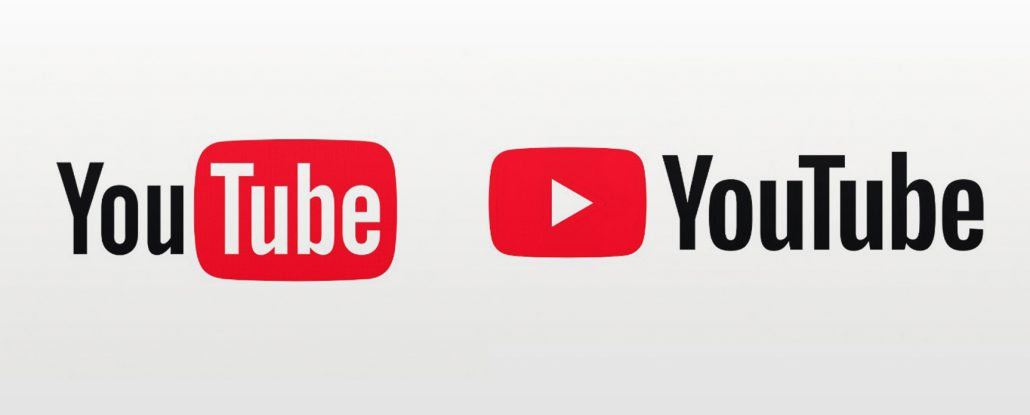Back to the future
When we hear the term content marketing, we tend to think of Red Bull and its stratospheric leap, the Michelin Gourmet Guide, or the John Deere DIY Magazine. Yet do these excellent and all-eclipsing examples of good communication not have a rather abstract effect on our current marketing reality, which is characterised by tight budgets, performance goals and technology? Can we replicate such success under our everyday conditions? Hardly, which is why we have to redefine content marketing, if it ever was defined in the first place.
Content marketing today
Content marketing is an umbrella discipline for a variety of specialist marketing disciplines that are not always so easy to differentiate from one another. Content marketing concerns creative experts, editors and copywriters, performance and e-mail marketing specialists, sales experts, developers and a host of other disciplines too. Each of these disciplines interprets content marketing in its own way, yet all stakeholders agree on the following principles:
- Content marketing should achieve a return on investment.
- Users take centre stage in content marketing since their ultimate transaction is what allows a return on investment to be achieved.
- Content marketing therefore serves to activate users and motivate them to interact with the content producer so they are converted in terms of perspective to customers and disseminators for the producer.
- Valuable, user-centred contents are therefore produced in content marketing so they can be conveyed to the distribution channel with the highest conversion rates at the most appropriate time.
Content marketing is therefore first and foremost a strategic approach to achieving corporate objectives. Entrepreneurs plan, forecast, validate, optimise and seek to scale. This is precisely where marketing automation comes into play, since it can do all of this and much more.
Marketing automation: The Swiss army knife
A marketing automation platform is a modular system that integrates a variety of different individual solutions, where Asset Management (the collection of all content assets needed in the marketing process), Distribution Management (control of distribution channels such as SEO, content, e-mail, social, paid and mobile), Data Management (the aggregation of continually generated user data) as well as Analytics (the cross-channel evaluation of all aggregated data at user level) come together in a uniform working environment. Depending on the stage of development, content management systems or testing suites then also come into play. The critical factor here is that the aggregated data describes the individual user behaviour and provides us with information on how we can satisfy the current information needs of the individual user in the best possible way in each case.
Personalisation “to scale”
In keeping with the principles we formulated at the outset, content marketing is therefore a sales-driven communications process in which the individual content is the currency. Because the individual user is the centrepiece of this process, the personalised content is the life force of content marketing. Regardless of whether the user is addressed by name in an e-mail or the website adapts to the individual needs of the visitor through dynamic content: personalising the content is critical if the measure is to succeed. The effort this requires can only be mastered by using automatable environments.
ROI-driven content marketing
The sales process can start in the earliest phase of the customer journey in future thanks to the opportunities afforded by scalable content architectures as well as the holistic analysis of the individual user’s digital footprint – namely when users communicate their individual challenge for the first time and we provide the right solution. The seller becomes a partner. Any company set on achieving a return on investment with its content marketing endeavours will in future have to unify three areas that frequently act as silos: communication, sales and IT. If a company can do this, then sustainable business success is guaranteed.
This article was first published by onetoone.de.


